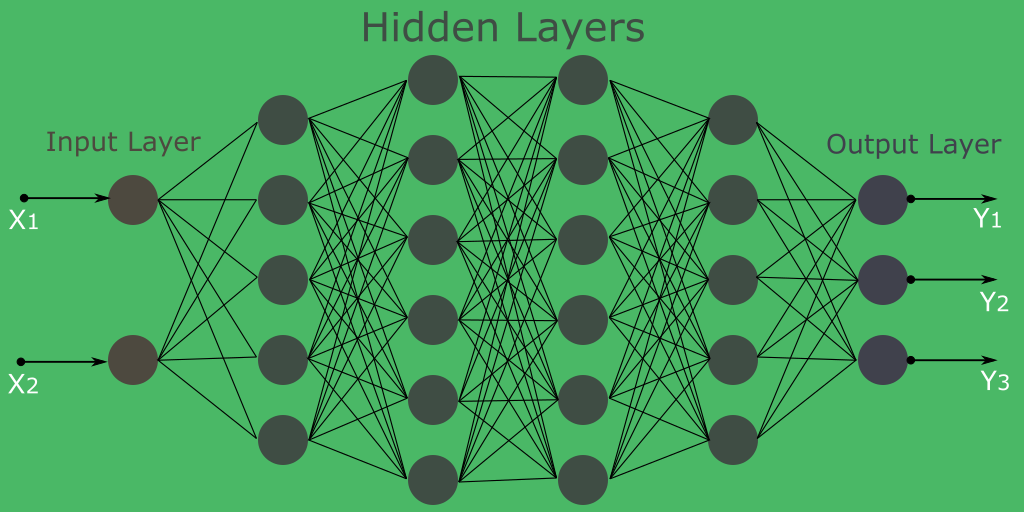In [5]:
fig, [axA, axB] = plt.subplots(1, 2, figsize=(20, 10))
st = np.stack([s, t, s*0], axis=2)
st = (st - st.min())/(st.max() - st.min())
st[:,:,2] = 0; axA.imshow(st); axA.axis('off')
axA.text(5, 10, f'({s.min():.3f}, {t.min():.3f})', color='white', size=18)
axA.text(86, 10, f'({s.max():.3f}, {t.min():.3f})', color='white', size=18)
axA.text(5, 120, f'({s.min():.3f}, {t.max():.3f})', color='white', size=18)
axA.text(86, 120, f'({s.max():.3f}, {t.max():.3f})', color='white', size=18)
axA.set_title('X_Train')
axB.imshow(x)
axB.set_title('Y_Train')
plt.show()
